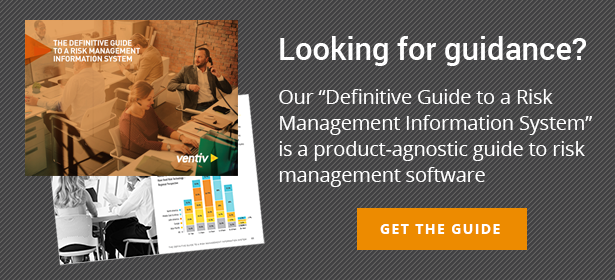
In a recent analysis published by Advisen, the issue of insurer consolidation is examined. This trend is not new, in fact, if we look over the last decade or two, you note an unsettling trend in consolidations in the insurance industry. First it was a consolidation among the large, global brokers. Gone are A&A, J&H and some of the other real global performers. As a risk manager, it became harder and harder to access a broker with a true global presence to help you manage a worldwide presence. Now, as Advisen points out, the consolidation is in the insurer space. This too isn’t new. In addition to the merger/acquisition process (St. Paul and Travelers, for example) there have been the high profile failures, like Home and Kemper.
The impact for risk managers who have the responsibility to develop, place and manage true global insurance programs that provide universal worldwide coverage for their companies, is significant. There are just fewer places to go for both coverage and professional program support and placement. The current global economic environment is only going to accelerate this consolidation process and further limit the options available to the Risk Management community.
Risk managers are facing this fact and are starting to take direct control of their coverages, history and data. One component to this control is coverage and policy history. When your legacy brokers or carriers cease to exist, it can become difficult, if not impossible to go back to them to reconstruct coverage, terms and conditions many years later. This is where a safe, reliable integrated risk management platform solution becomes a “must have”.
A coverage history is a starting point, but full history, including a searchable copy of the actual policy is best practice, in addition to basic information on each policy, such as:
- Insurer name (keep details, particularly if underwriting name is a subsidiary of another insurer)
- Coverage type
- Business units covered
- Broker/Agent
- Limits of Liability Premium
- AM Best rating at the time of placement
- If an excess policy, schedule of underlying coverages
The best practice is to acquire and maintain these records for as far back in the company history as is possible. This includes the coverage of acquired or divested units as well as locally-placed coverages in remote countries and the DIC/DIL coverages that bridge those coverages to other global programs.
When an unexpected loss or suit appears that is related to an old legacy operation, there is no substitute for a complete and accurate record of coverage that was in place at the time of the loss event. A well prepared Risk Manager will best protect their company by thinking ahead by remembering the past.
 Jeff Gehrke is Ventiv's Chief Risk Technology Evangelist. Contact Jeff at Jeff.Gehrke@ventivtech.com or +1.720.445.9531. Connect with Jeff on LinkedIn: https://www.linkedin.com/in/jeffjgehrke
Jeff Gehrke is Ventiv's Chief Risk Technology Evangelist. Contact Jeff at Jeff.Gehrke@ventivtech.com or +1.720.445.9531. Connect with Jeff on LinkedIn: https://www.linkedin.com/in/jeffjgehrke









 Jeff Gehrke is Ventiv's Chief Risk Technology Evangelist. Contact Jeff at
Jeff Gehrke is Ventiv's Chief Risk Technology Evangelist. Contact Jeff at 



